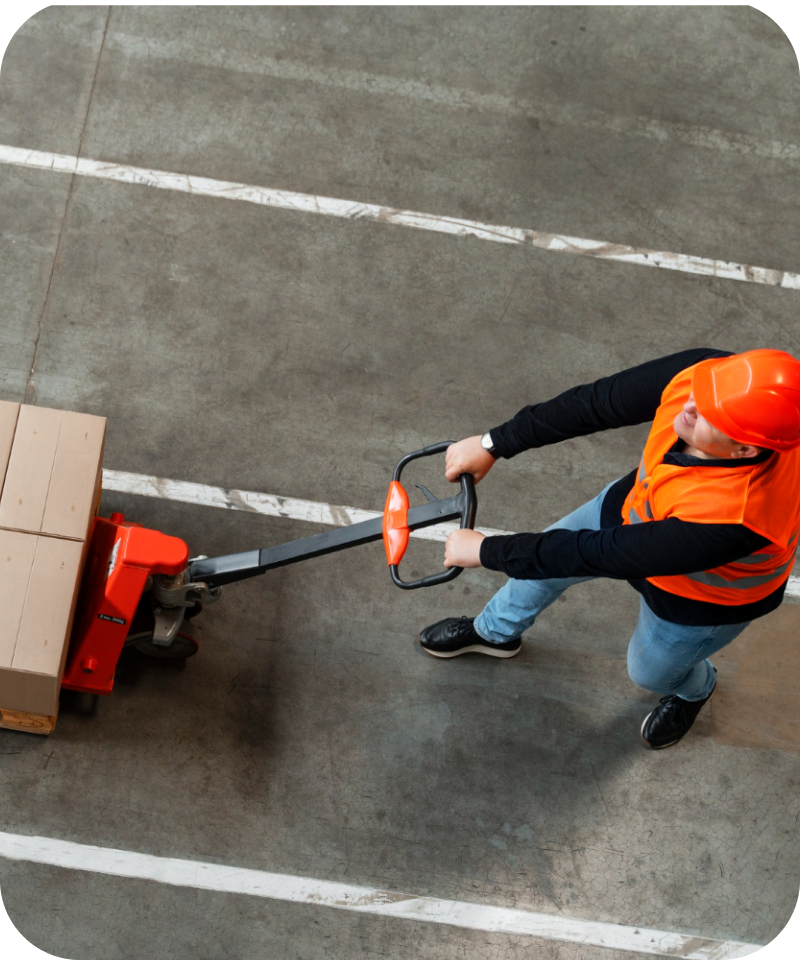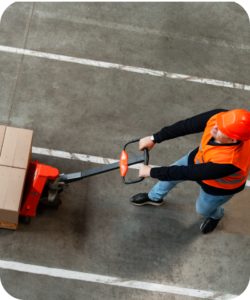There’s news that customers across the globe are looking to return their Vision Pro headsets because they find them uncomfortable and strenuous. When that can happen to a product from such an iconic brand, it would appear that all brands need to be prepared for such eventualities, however rare they may be. For Apple, as well as any company dealing with returns, managing this sudden and unexpected barrage of returns can be taxing. The absence of a robust returns management process can lead to far-reaching consequences, including poor customer satisfaction, delayed returns, high costs, and more.
As a type of supply chain management, reverse logistics moves goods from customers back to the sellers or manufacturers. Starting at the end customer and conducted after the sale of a product, it moves goods backward through the supply chain to the distributor or from the distributor to the manufacturer.
Clearly, in today’s omnichannel landscape retailers’ challenges aren’t just limited to order fulfillment. As the volume of returns surges, the pressure on retailers to improve the efficiency of managing these returns is at an all-time high. This has put reverse logistics in the spotlight. This focuses on the processes that come into play when goods need to move backward through the supply chain as seamlessly as they do forward.
Understanding Reverse Logistics Global eCommerce revenue is expected to show an annual growth rate of 9.83% between 2024 and 2028, resulting in a projected market volume of $5.3 trillion by 2028. As the market continues to flourish, retailers need to get better at fulfilling orders. At the same time, they must also ensure goods from customers move back to them as part of returns, recycling, refurbishment, or exchanges and resale.
It is estimated that by 2026, the US retail return volume will amount to $664.32 billion. In an era where retailers are struggling to drive profitability amid ongoing economic uncertainty, efficiently managing the costs of returns without losing customers is critical. Well-designed supply chains responsive to changes and efficient at handling fulfillment and reverse logistics requirements will go a long way in boosting satisfaction, reducing waste, and achieving revenue targets.
Mastering Reverse Logistics
Recent research finds that a high number of consumers currently have retail goods waiting to be returned, mostly because the return process takes too much time and effort. Simultaneously, many consumers have stopped purchasing from a retailer due to a bad experience with returns.
Mastering reverse logistics is key if you want to maintain an efficient flow of products, minimize costs, regain value from products, and complete the product lifecycle. It can help you respond quickly to changes and strengthen your supply chains. Reverse logistics can also help build customer loyalty, boost repeat business, and minimize the costs linked to returns.
Here are the top benefits of doing reverse logistics right:
- Customer satisfaction: Microfullfilment centers have made it extremely easy for retailers to meet customers’ same-day delivery demands. But a lot of these deliveries end up in returns, either due to quality or size issues. A smooth and efficient returns process can greatly impact customer satisfaction and loyalty.
- Value: Products that are returned without being used offer a great resale value. With reverse logistics, companies can recoup the costs associated with the initial sale and achieve value from returned products that are still usable or can be refurbished. It helps generate a second-hand sales opportunity while also encouraging customers to buy another product, especially if in-store credit is involved in the decision-making process.
- Sustainability: Reverse logistics also plays a great role in driving environmental sustainability. Efficient returns can help companies recycle products, reduce waste, and ensure proper disposal of hazardous goods, thus minimizing environmental impact.
- Cost savings: Managing thousands of returns in today’s complex and distributed supply chain is a cost-intensive affair. Reverse logistics, when done right, can help companies minimize the costs associated with transportation, handling, and disposal – and uphold revenue.
- Inventory management: Effective reverse logistics processes help companies manage their inventory more efficiently. It allows them to track returned products, identify patterns of returns, and adjust production and inventory levels accordingly. In the long run, this can lead to better demand forecasting and inventory optimization.
- Risk management: Legal and regulatory requirements around product safety, environmental protection, and efficient waste management getting increasingly stringent. Effective returns management helps mitigate the risks associated with non-compliance while minimizing potential legal liabilities.
Reimagine Returns with Carte+
The retail world is undergoing a tectonic shift. The advent of omnichannel shopping has led to an increase in the volume of sales and returns, putting pressure on retailers to improve the efficiency and cost of managing these returns. Keeping up with these expectations isn’t just about speed; it’s about proximity.
Moving warehouses closer to the end user is a great way to pave the way for seamless fulfillment and reverse logistics. Carte+ is an ideal solution for fulfillment centers in urban areas with limited floor space. Easy to install, this automated solution requires no floor preparation and minimizes the need for heavy material handling equipment. With the ability to function with standard racking, it gives retailers the ability to accelerate the returns process and ensure a happy, satisfied, and loyal customer base. It also allows them to restock, resell, and resuse the returned inventory better. This reduces waste and minimizes disposal, thus minimizing environmental impact. For instance, retailers can reuse returned goods packaging or manufacture new material from it, thus saving on costs of purchasing new raw material.
Experience the Carte+ difference. Contact us to keep up with the pace of modern-day fulfillment.






